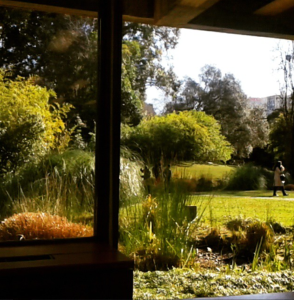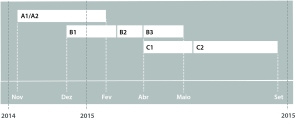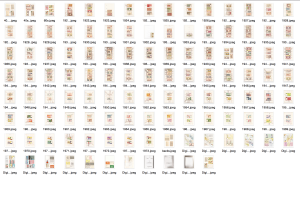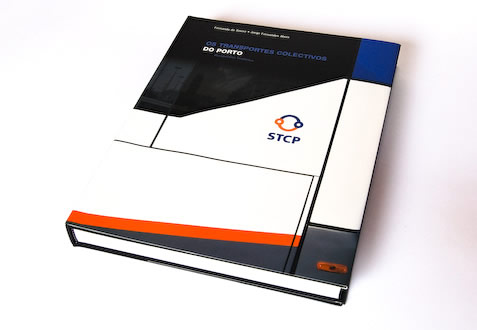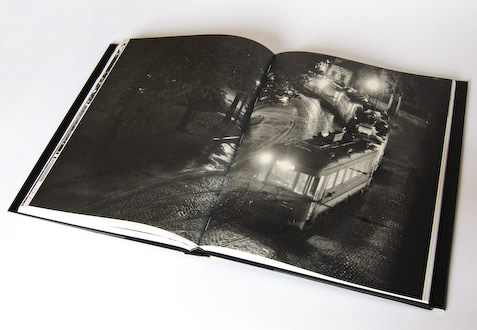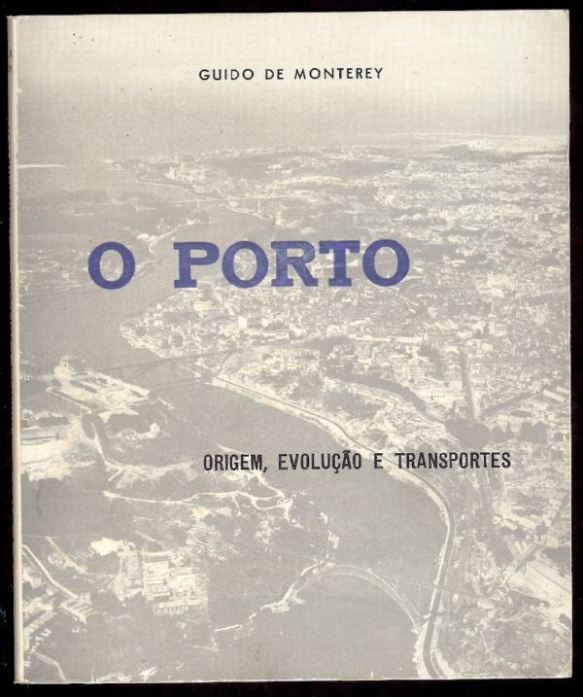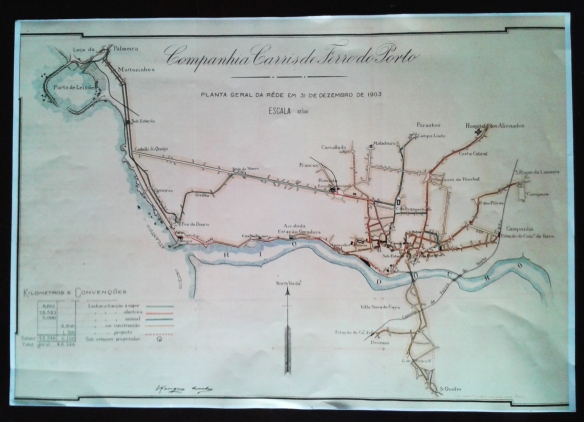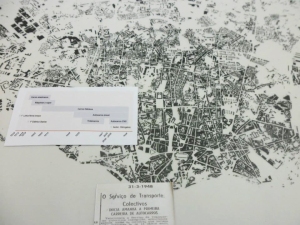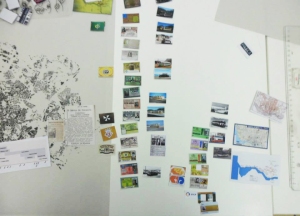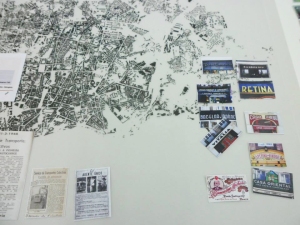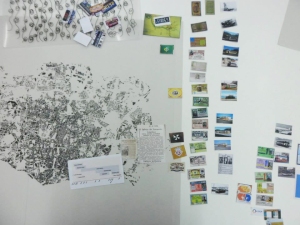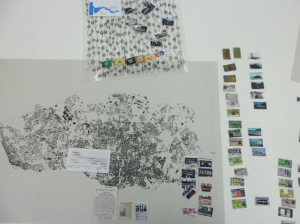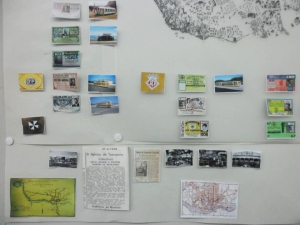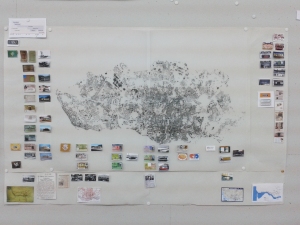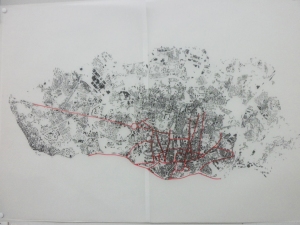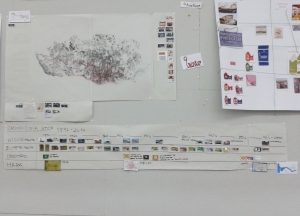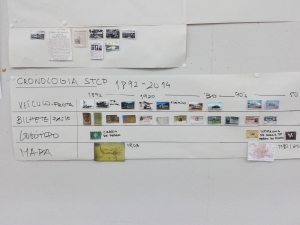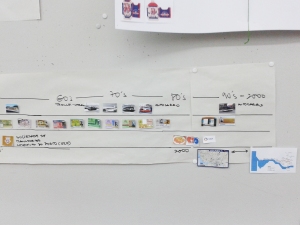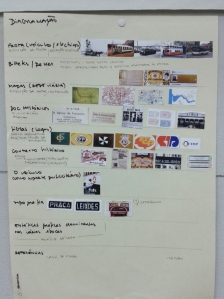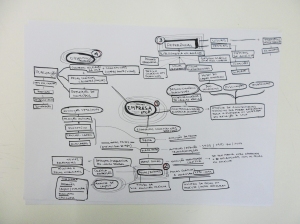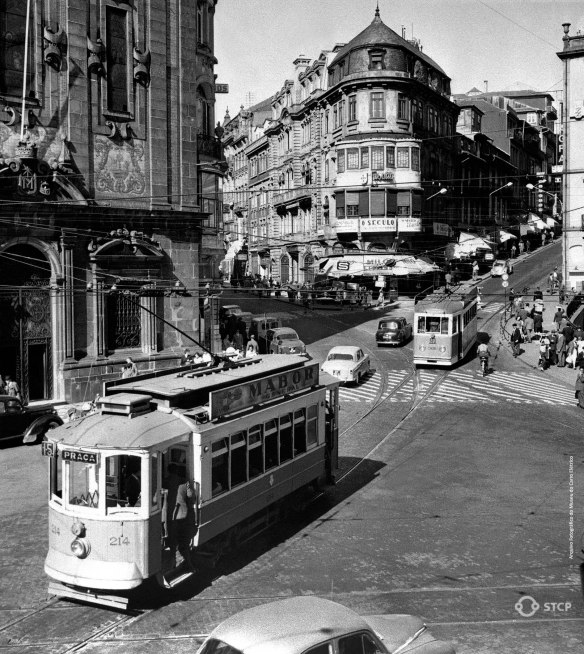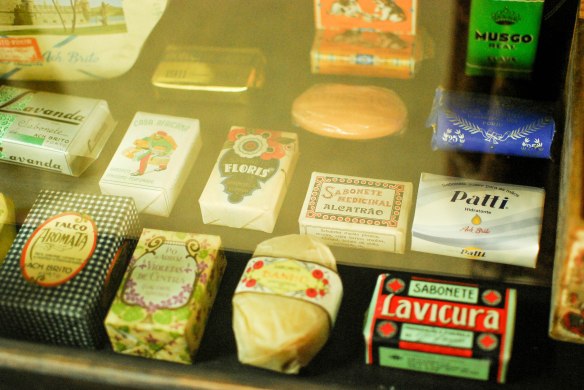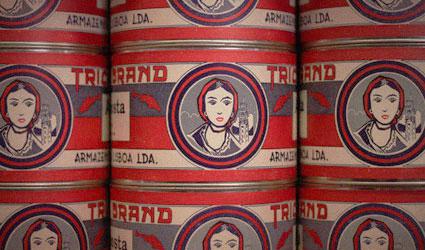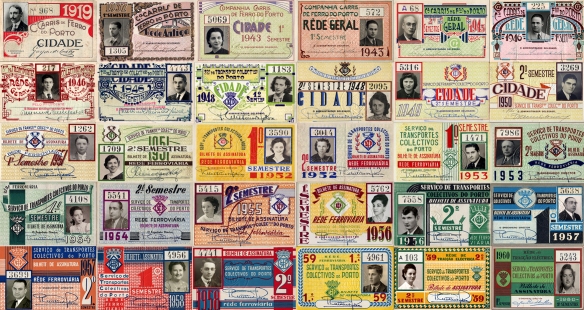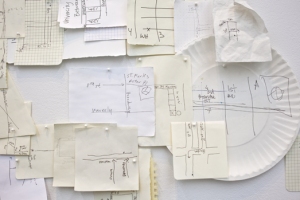This week we had the pleasure to meet Russel Bestley that worked with us on the final project for the MA.
In 3 days we focused on some important aspects to define a good subject.
1st day task
– We had to do a presentation focusing and aswering to some questions about our subject:
“Make a presentation covering the following aspects of your Major Project.
The presentation should be designed to last 5 minutes maximum and should be supported by evidence of primary and secondary research, visual examples and concise written and verbal statements:
· Your Field of Study or Context (the subject of your enquiry)
· Its relationship to Graphic Design as either Subject or Method
· The proposed Audience for the work
· The Intention of the work in relation to its Context and Audience
· Your Research Question ”
After the presentation with the final Research question, Russel told me that i should be more critical and concrete about what i want to explore.
– 1st research question –
Understand how tickets can tell the story of the Portuguese graphic designand a way to communicate the collection to the audience as a part of the cultural history.
The next step was trying in 10 words reformulate our research question and show a typographic solution as a poster.
I decided to keep everything very simple, because at that time i was very confused too.
Second Step was doing a visual poster with primary and secondary research, visual examples without text support.
2nd day task
– 2nd research question – (reformulation)
How Tickets tell a story and how they lost identity?
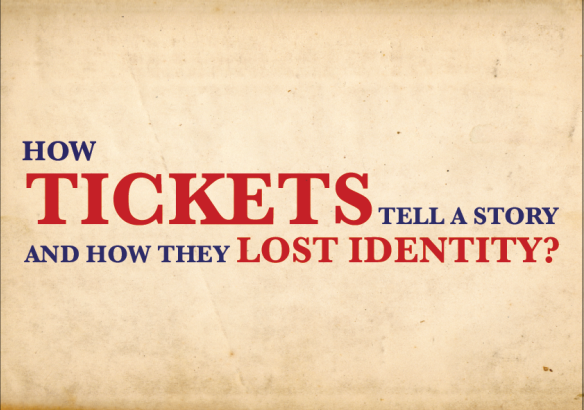
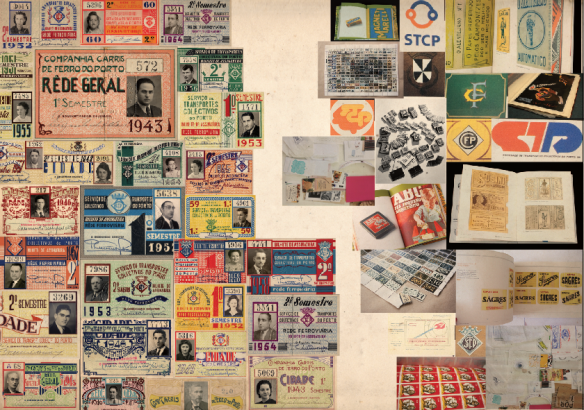
3rd day task
The 3rd task was to communicate three things that everyone knows (or should know) about your subject and three things that i have discovered about your subject (which may surprise or confound expectations)
I decided to recreate the original cards and made like a little game, two face cards one with the visual reference and the other side with the sentence.
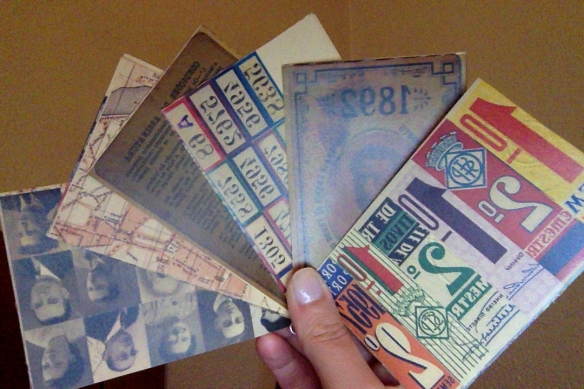
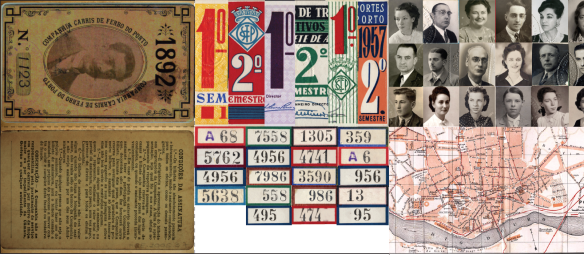
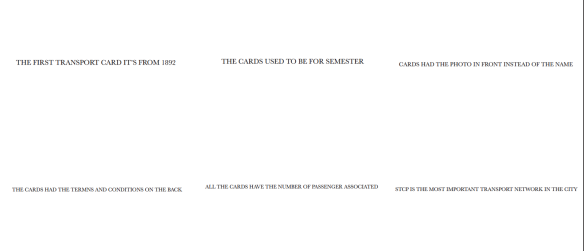
Last task of the day
We had to design an A2 poster that summarizes and communicates clearly your Research Question. With no text just images. And a came with this. Decided to do a little “mapping” with the data that i had. Creating hierarchy and groups (by year – pattern – type – photos..)
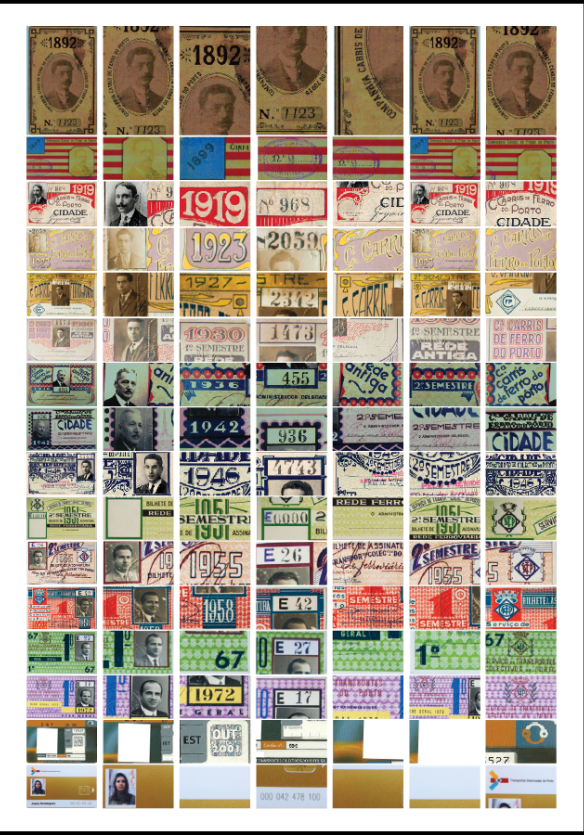
In the end was very helpful to clarify our ideas. Russell was very sincere about the projects and gave us some orientation. And now i can start to see some progress and less doubts about my subject.
Now, my Research Question it’s more like this:
HOW DID THE IDENTITY OF TRANSPORTATION TICKETS EVOLVED OVER THE YEARS?
(Visually speaking. Trying to tell a story and do some comparisons, contextualize and show some visual examples of that)

